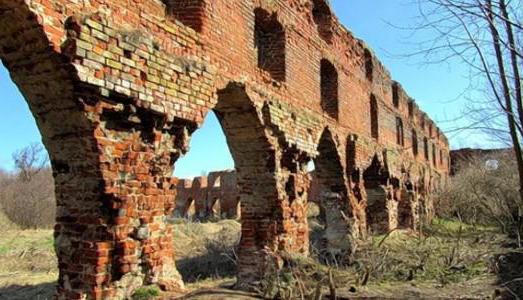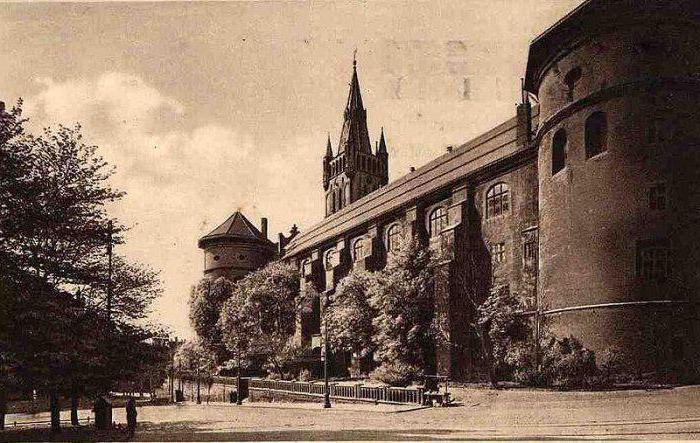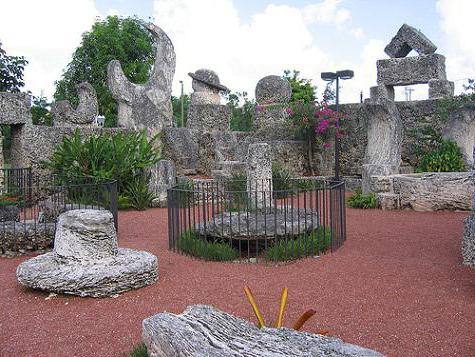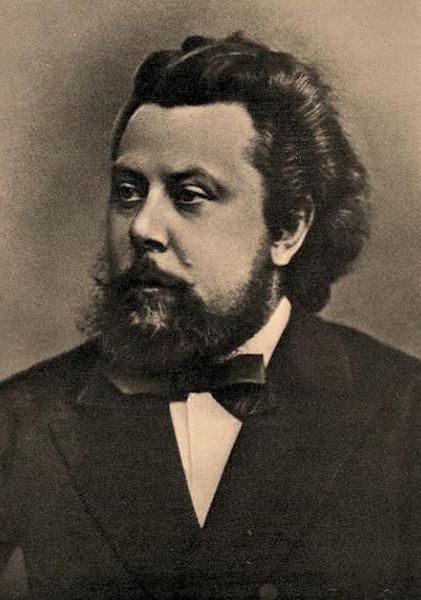The Castle of Brandenburg in the Kaliningrad Region isOne of the few unique examples of medieval defensive architecture preserved on the territory of Russia. Unfortunately, the state does not take enough measures to prevent its destruction, therefore the probability is great that subsequent generations will speak of it as a forever-lost historical monument.

Prehistory
Those who are interested in the castle of Brandenburg, will be curious to find out why the German knights came to these lands.
Итак, все началось в 1206-м году, когда папа the Roman Innocent the Third issued a bull about the need for Christianization of the Prussians, who at that time were pagans. After 11 years, a crusade was declared for this purpose. In 1226, the Teutonic Order decided to take part in this "charitable cause", to which the pope gave the right to baptize the Prussians.
German crusaders have long been going to commitexpansion of Eastern Europe. As a result of their actions, soon the state of the Teutonic Order appeared on the map. The colonization of Prussia was not peaceful, since a considerable part of the Prussian leaders conducted active military operations with the Crusaders. In particular, in the years 1242-1249. and in the years 1249-1260 there were two major uprisings.
At the same time, many representatives of the local nobilityaccepted Christianity voluntarily. For such Prussians, the Teutonic Order foresaw a number of privileges, and over time they even began to occupy high enough levels in the hierarchy of the new state.

Base
It is believed that the castle of Brandenburg began to be builtin the year 1266. A record confirming this date exists in the Chronicle of the Land of Prussia by a certain Peter from Dusburg. In addition, the chronicler names the founder of the castle, Margrave of Brandenburg Otto III.
Reasons for erecting a new fortified citadelthere were several. In particular, the first Prussian uprising, which occurred in 1242-1249, showed that the main stronghold of the Teutonic Order in this area - Balga Castle - can be easily blocked by enemies, and the closest fortress of Lenzenburg did not have a port. Then the knights began to look for a convenient place for a new castle. The most convenient, based on security and transport accessibility, was the right bank of the Frushing River, near its mouth. It was ideal for the base of the port, which was to facilitate the advance of the Teutonic Order deep into Prussia. In addition, after the recent loss of Lenzenburg, Brandenburg could become a link between the capital city of Koenigsberg and Balga.

The Importance of the Castle for Catholic Chivalry
Immediately after the founding, Brandenburg becameIt was considered one of the main castles of the castle and remained so until the destruction of the Teutonic Order. In addition, it was a place of pilgrimage, since in 1322 a Catholic relic was brought there and stored for several centuries - a fragment of the Cross of the Lord on which Jesus was crucified. Another shrine is a part of the relics of St. Katarina - was presented to the chapel of the castle of Brandenburg by Emperor Charles Six, who thus repaid the Günter von Hohenstein. The latter distinguished himself in the course of negotiations with Lithuania, having achieved the conclusion of the treaty on the most favorable terms for the Teutonic Order.
The heyday of the Brandenburg castle
A powerful fortress was a reliable protection for those,who decided to found a settlement near its walls. In it lived innkeepers, gardeners, fishermen and artisans. At the beginning of the 15th century a school was founded there, and by 1425 there were already three mills in the settlement.
Despite the protection of the garrison of the castle of Brandenburg(Ushakovo), the village, located at its walls, repeatedly suffered from fires. The most destructive of them occurred during the siege of the castle in 1454, 1456 and 1520 years.

In modern times
Своего наибольшего расцвета цитадель достигла в XVI-XVII centuries. First of all, this was due to the fact that in 1525 the Grand Master of the Order Albrecht of Brandenburg transformed him into a duchy of Prussia. By 1604 in the village at the castle lived for those times quite a lot of people (50 yards) and there were 7 taverns. In addition, fairs were held there, since Brandenburg was located on a busy road, close to the bay and the navigable river. It is also known that at the beginning of the XVIII century the Prussian king intended to give him the status of a city, but then changed his mind. Nevertheless, from 1716 to 1736 years. The 12th Civic regiment was stationed in Brandenburg, which indicates a certain level of development of the city.
In the XIX century, the castle of Brandenburg, whose photo itperiod, with rare exceptions, were not preserved, had the status of a mag- phiescap, ie, a village that has the right to organize markets. In 1817 there were both a new bridge and a road that improved the already good transport accessibility of the castle.
In the XX century
By 1900 in Brandenburg, onlypottery, linen and horse-breeding fairs. The decline of the settlement began after the Eastern Railway was built far from it. Its laying meant a sharp decrease in the intensity of traffic along the routes passing through Brandenburg.
In 1914, the territory of East Prussiaturned into an arena of fierce hostilities. Already in August, Russian troops occupied a significant part of its land, but Brandenburg remained aloof from the front line.
The fate of the castle and settlement in 1945 was completely different. Then Brandenburg was in a zone of fierce battles and serious damage was done to medieval buildings.

After the Second World War
Согласно договору, заключенному в ходе The Potsdam Conference, the state of Prussia was liquidated, and its eastern part was divided between the USSR and Poland. The Soviet Union departed the region around the city of Königsberg. It was renamed the Kaliningrad region and incorporated into the RSFSR. As for Brandenburg, he received the status of the village and became known as Ushakovo. The renaming touched the Frushing River, which has since been called the Cool.
In the second half of the 40s in the southeastIn the Vorburg Outhouse, several families from the eastern regions of the USSR settled. The remaining premises, not destroyed during the fighting, began to be used as sheds.
Restoration
In 1964, it was decided to explore the castle, to put it on record as a historical monument. However, the relevant work was not carried out, and no one was engaged in the protection of the citadel buildings.
By the beginning of the 80s the roof of the southeast wingwas almost destroyed. Residents were resettled, and the castle was completely abandoned. The local population took advantage of this situation and began to disassemble it into building materials.
Only in 2007, the state of the ruins of the Brandenburg Castle again interested the authorities of the Kaliningrad region, and he received the status of a monument of cultural heritage of regional importance.
In 2010, the Russian Forbes included the castleBrandenburg in Kaliningrad in the list of 6 sights of the Russian Federation, which are under threat of complete extinction. In 2013, a citadel restoration project appeared, but the works were frozen.
At the moment, the restoration of the Castle Brandenburg.

Where is?
The castle is located 23 km from Kaliningrad. You can get there from this city by bus or car, if you move towards Mamonovo (highway A194). The trip will take about half an hour.












